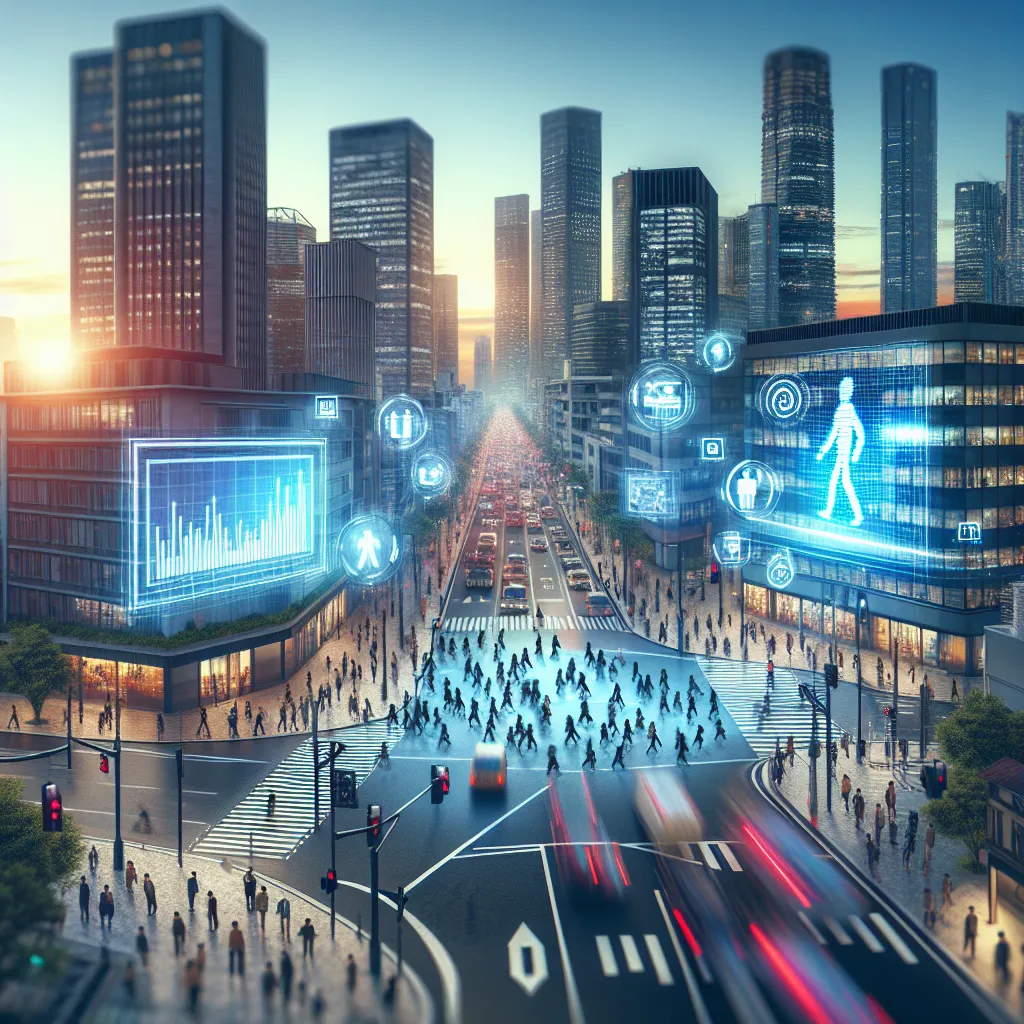Smart Cities: Harnessing the Power of Real-Time Population Data
As urban areas evolve, smart cities are becoming the blueprint for the future. Central to this evolution is the role of real-time population data. This article will explore how real-time population data is transforming smart cities, driving efficiency, and improving the quality of life for residents.
What are Smart Cities?
Definition and Components
Smart cities utilize digital technology and the Internet of Things (IoT) to enhance urban services like transportation, energy management, and public safety. These cities analyze various types of data to optimize resource allocation, mitigate challenges, and provide better living conditions.
Importance of Data
Data is the backbone of smart cities. It enables cities to function more effectively by providing insights into everything from traffic patterns to energy consumption. Among these data types, real-time population data stands out for its profound impact on urban planning and management.
Real-Time Population Data: What It Is and Why It Matters
Definition
Real-time population data refers to instantaneous information about the number of people living in or moving through specific urban areas. This data is collected using advanced technologies such as sensors, mobile phone tracking, and IoT devices.
Key Benefits
- Optimized Resource Allocation
- By knowing where people are at any given time, cities can allocate resources more efficiently.
- Improved Public Transport
- Real-time data can help manage the flow of public transportation more effectively, reducing wait times and overcrowding.
- Enhanced Public Safety
- Emergency services can respond more quickly during crises by tracking population movements in real-time.
- Energy Management
- Cities can adjust lighting and heating based on the population density in real-time, resulting in energy conservation.
How Real-Time Population Data Transforms Smart Cities
Efficient Traffic Management
With real-time population data, cities can manage traffic congestion by dynamically adjusting traffic signals and redirecting vehicles. This leads to shorter travel times and lower emissions.
Emergency Response
In case of an emergency, real-time population data allows authorities to know exactly where people are concentrated, enabling faster and more precise rescue operations.
Urban Planning
Data on population density and movement patterns can guide urban planners in designing better public spaces, housing, and infrastructure. This ensures that new developments meet the actual needs of residents.
Public Health
By monitoring real-time data, cities can track the spread of diseases and implement timely interventions. This supports better healthcare and boosts overall public health.
Case Studies
Singapore
Singapore uses real-time population data to manage its public transportation system, ensuring smooth and efficient travel experiences for its residents.
Barcelona
Barcelona has integrated real-time data to manage its energy consumption and reduce carbon emissions, aiming for a sustainable urban environment.
Challenges and Considerations
Privacy Concerns
Real-time population data collection often raises privacy issues. It is crucial for smart cities to implement robust data protection measures to safeguard residents’ privacy.
Data Accuracy
The accuracy of real-time population data is vital. Inaccurate data can lead to inefficient resource allocation and planning errors.
Cost
Implementing the infrastructure needed to collect and analyze real-time data involves significant investment. Cities need to evaluate cost-benefit scenarios before committing resources.
Conclusion
Real-time population data is a game-changer for smart cities, providing critical insights that lead to optimized resource allocation, improved public services, and enhanced quality of life. While challenges such as privacy concerns and costs exist, the benefits far outweigh the drawbacks, making real-time population data indispensable for the cities of tomorrow.
By harnessing this valuable data, smart cities can pave the way for a more efficient, responsive, and sustainable urban future.
By focusing on the benefits and applications of real-time population data, this article aims to provide a comprehensive overview of its crucial role in the development of smart cities.




